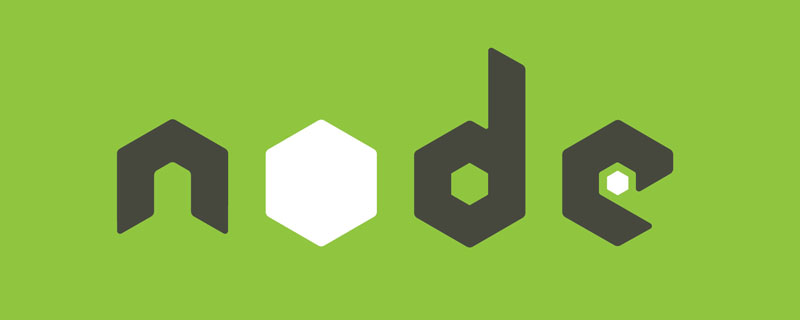
Server-side rendering is very popular right now. But it's not without its flaws. Pre-rendering is an alternative and may even be better in some cases. Let's take a look at how to pre-render a vue.js application.
In this article, we will explore how prerendering works with vue.js and look at two examples: one a node.js project and one a laravel project.
Recommended related tutorials: node js tutorial, vue.js tutorial, laravel tutorial
##1. Server-side rendering
One disadvantage of JavaScript-based applications is that the page the browser receives from the server is basically empty. The DOM cannot be built until the Javascript is downloaded and run. This means users have to wait longer before seeing anything. It can also have an impact on SEO if the crawler cannot quickly view the page content. Server-side rendering (SSR) overcomes this problem by rendering the application on the server so that the client receives the full DOM content when the page is loaded (even before the Javascript is run). Instead of the browser receiving this from the server:<head> ... </head> <body> <div id="app"> <!--This is empty, Javascript will populate it later--> </app> </body>Using SSR, it receives a full content page:
<head> ... </head>
<body>
<div id="app">
<div class="container">
<h1 id="Your-nbsp-Server-Side-nbsp-Rendered-nbsp-App">Your Server-Side Rendered App</h1>
<div class="component-1">
<p>Hello World</p>
<!--etc etc. This was all rendered on the server-->
</app>
</body>
Server Side Rendering Disadvantages
- Your application needs to be executable on the server, so you need to design your code to be "universal", that is, it can be browsed Works on server and node servers.
- Your application will run on every request to the server, adding a traditional load and slow responses. Caching can partially alleviate this situation.
- You can only do SSR with Node.js. If your main backend is Laravel, Django, etc. then you have to run a node server on the main backend to handle SSR.
2. Pre-rendering
There is another One way to solve the empty page problem: pre-rendering. Using this approach, you run the application before deploying it, capture the page output and replace the HTML file with the captured output.
Advantages of pre-rendering
No additional server load, so Faster and cheaper than SSR
Simpler production setup and simpler application code, therefore Less error-prone
No Node.js production server required
Disadvantages of pre-rendering
Not good for pages that display changing data (such as tables) work.
#Does not apply to pages with specific user content, such as account pages containing the user's personal information. However, these types of pages are not that important to pre-render anyway; these are our main, frequently used pages that we want to serve fast.
#You need to prerender each route individually in your application.
Chart
| Client-side rendering only | Server-side rendering | Pre-rendering | |
|---|---|---|---|
| Production Server | Any/none | Node.js only | Any/none |
| Additional server load | No | Yes | No |
| Personalized user data? | N/A | Yes | No |
三、Vue.js预渲染示例
让我们做一个简单的例子来预渲染一个vue.js应用程序,一次在node.js环境中,一次在laravel环境中。
在这些示例中,我们将使用webpack和pre render spa插件来执行预渲染。
1、Vue和Node
第1步:项目安装
我们将使用vue-cli和webpack-simple模板。
$ vue init webpack-simple vue-node-pr-test $ cd vue-node-pr-test $ npm install
我们还需要另外三个模块,后面还有解释。
$ npm install --save-dev http-server html-webpack-plugin prerender-spa-plugin
第2步:在Webpack构建中包含index.html
Webpack -simple模板在Webpack构建输出中不包含index.html文件。然而,当我们预渲染应用程序时,我们需要覆盖我们的索引。因此,让我们将它添加到输出中,以免破坏原始的。
在我们的Webpack .config.js文件中使用html-webpack-plugin将文件包含在Webpack构建中:
var HtmlWebpackPlugin = require('html-webpack-plugin');
module.exports.plugins.push(
new HtmlWebpackPlugin({
template: './index.html',
inject: false
}),
);现在我们改变了我们的Webpack公共路径,因为index.html现在和其他静态资产在同一个文件夹中:
output: {
path: path.resolve(__dirname, './dist'),
filename: 'build.js',
publicPath: '/', // was originally 'dist'
},由于路径的变化,我们还需要将index.html中的更改为。
第3步:测试Webpack生成版本
现在我们建造:
$ npm run build
我们的dist文件夹应该是这样的:
- dist -- build.js -- index.html -- logo.png
如果我们检查dist/index.html,它会是这样的:
<!DOCTYPE html>
<html>
<head>
<meta charset="utf-8">
<title>vue-node-pr-test</title>
</head>
<body>
<div id="app"></div>
<script type="text/javascript" src="/build.js"></script>
</body>
</html>现在我们可以使用http-server并从dist文件夹中提供应用程序。默认情况下,它将运行在localhost:8080:
$ ./node_modules/.bin/http-server ./dist
第4步:预渲染应用程序
现在我们的index.html文件在Webpack构建中,我们可以使用预呈现的HTML更新它。
首先,我们需要在webpack配置中添加prerender-spa-plugin。确保它在html-webpack-plugin之后。
var PrerenderSpaPlugin = require('prerender-spa-plugin');
module.exports.plugins.push(
new PrerenderSpaPlugin(
path.join(__dirname, './dist'),
[ '/' ]
)
);PrerenderSpaPlugin的第一个参数是index.html文件的位置,第二个参数是应用程序中的路由列表。在这个例子中,我们只有一条路径。
现在我们再次建造:
$ npm run build
我们的构建将比以前花费更长的时间,因为预渲染插件正在做的事情:
它创建一个Phantom JS实例并运行应用程序
获取DOM的快照
将快照输出到生成文件夹中的HTML文件
它会对每条路径重复这个过程,所以如果你有很多页面,构建应用程序可能需要相当长的时间。
在建立后,我们的dist/index.html现在应该包括所有预渲染的HTML:
<!DOCTYPE html>
<html>
<head>
<meta charset="utf-8">
<title>prerender-test</title>
<style type="text/css">#app {
font-family: Avenir, Helvetica, Arial, sans-serif;
-webkit-font-smoothing: antialiased;
-moz-osx-font-smoothing: grayscale;
text-align: center;
color: #2c3e50;
margin-top: 60px
}
h1, h2 {
font-weight: 400
}
ul {
list-style-type: none;
padding: 0
}
li {
display: inline-block;
margin: 0 10px
}
a {
color: #42b983
}</style>
</head>
<body>
<div id="app"><img src="/static/imghwm/default1.png" data-src="/logo.png?82b9c7a5a3f405032b1db71a25f67021" class="lazy" alt="Pre-rendered vue.js application in node and laravel projects" >
<h1></h1>
<h2 id="Essential-nbsp-Links">Essential Links</h2>
<ul>
<li><a href="https://vuejs.org" target="_blank">Core Docs</a></li>
<li><a href="https://forum.vuejs.org" target="_blank">Forum</a></li>
<li><a href="https://gitter.im/vuejs/vue" target="_blank">Gitter Chat</a></li>
<li><a href="https://twitter.com/vuejs" target="_blank">Twitter</a></li>
</ul>
<h2 id="Ecosystem">Ecosystem</h2>
<ul>
<li><a href="http://router.vuejs.org/" target="_blank">vue-router</a></li>
<li><a href="http://vuex.vuejs.org/" target="_blank">vuex</a></li>
<li><a href="http://vue-loader.vuejs.org/" target="_blank">vue-loader</a></li>
<li><a href="https://github.com/vuejs/awesome-vue" target="_blank">awesome-vue</a></li>
</ul>
</div>
<script type="text/javascript" src="/build.js"></script>
</body>
</html>2、Vue 和 Laravel
如果您跳过了Vue和Node示例,我建议您先回去阅读它,因为它包含了对任何常见步骤的更全面的解释。
第1步:项目安装
首先,我们将设置一个新的Laravel项目。
$ laravel new vue-laravel-pr-test $ cd vue-laravel-pr-test $ npm install
我们还将增加两个我们需要的NPM模块:
$ npm install --save-dev html-webpack-plugin prerender-spa-plugin
第2步:提供一个普通的HTML文件
默认情况下,Laravel在根URL处提供Blade模板文件。 为了使示例简单,我们将使用我们将在resources / views / index.html创建的以下纯HTML文件替换它
<!DOCTYPE html>
<html>
<head>
<meta charset="utf-8">
<title>Laravel</title>
<link rel="stylesheet" href="/css/app.css">
<body>
<div id="app">
<example></example>
</div>
<script type="text/javascript" src="/js/app.js"></script>
</body>
</html>现在,我们需要在根路径上提供该文件,而不是刀片服务器模板。将route /web.php更改为:
Route::get('/', function () {
return File::get(public_path() . '/index.html');
});这实际上指向我们的build文件夹,我们很快就会生成它。
第3步:将HTML文件添加到构建中
像在节点示例中一样,我们希望在Webpack构建中包含index.html,以便稍后使用预呈现的HTML覆盖它。
我们需要做一些Webpack配置。在本例中,我使用的是Laravel 5.4,它使用的是Laravel Mix。Mix没有提供本地webpack配置文件,因为它使用自己的默认文件,所以让我们从laravel-mix模块复制一个配置文件:
$ cp ./node_modules/laravel-mix/setup/webpack.config.js .
我们还需要让我们的NPM生产脚本指向这个配置文件,因此编辑包。json,并将生产脚本更改为:
cross-env NODE_ENV=production node_modules/webpack/bin/webpack.js --progress --hide-modules --config=webpack.config.js
现在我们将html-webpack-plugin添加到webpack.config.js文件中。把这个添加到文件的底部上面的混合定型部分:
var HtmlWebpackPlugin = require('html-webpack-plugin');
module.exports.plugins.push(
new HtmlWebpackPlugin({
template: Mix.Paths.root('resources/views/index.html'),
inject: false
});
);第4步:测试Weback生成版本
现在让我们为生产和服务:
$ npm run production $ php artisan serve
不过,在运行应用程序时,浏览器中可能会出现错误,因为我们从未为window.Laravel.csrfToken设置值。对于这个简单的例子,注释掉会更快,所以像这样修改resources/assets/js/bootsta .js:
window.axios.defaults.headers.common = {
'X-Requested-With': 'XMLHttpRequest'
// 'X-CSRF-TOKEN': window.Laravel.csrfToken;
};第5步:预渲染应用程序
我们现在需要在webpack配置中使用prerender spa插件来执行预渲染。确保它在HTML网页包插件之后。
var PrerenderSpaPlugin = require('prerender-spa-plugin');
module.exports.plugins.push(
new PrerenderSpaPlugin(
Mix.output().path,
[ '/' ]
)
);现在我们可以做一个生产构建:
$ npm run production
如果您选中build文件夹,dist/index.html现在应该如下所示,并使用预渲染HTML完成:
<!DOCTYPE html>
<html>
<head>
<meta charset="utf-8">
<title>Laravel</title>
<link rel="stylesheet" href="/css/app.css">
</head>
<body>
<div id="app">
<div>
<div>
<div class="col-md-8 col-md-offset-2">
<div class="panel panel-default">
<div>Example Component</div>
<div>
I'm an example component!
</div>
</div>
</div>
</div>
</div>
</div>
<script src="/js/app.js"></script>
</body>
</html>相关推荐:
更多编程相关知识,请访问:编程入门!!
The above is the detailed content of Pre-rendered vue.js application in node and laravel projects. For more information, please follow other related articles on the PHP Chinese website!
 node、nvm与npm有什么区别Jul 04, 2022 pm 04:24 PM
node、nvm与npm有什么区别Jul 04, 2022 pm 04:24 PMnode、nvm与npm的区别:1、nodejs是项目开发时所需要的代码库,nvm是nodejs版本管理工具,npm是nodejs包管理工具;2、nodejs能够使得javascript能够脱离浏览器运行,nvm能够管理nodejs和npm的版本,npm能够管理nodejs的第三方插件。
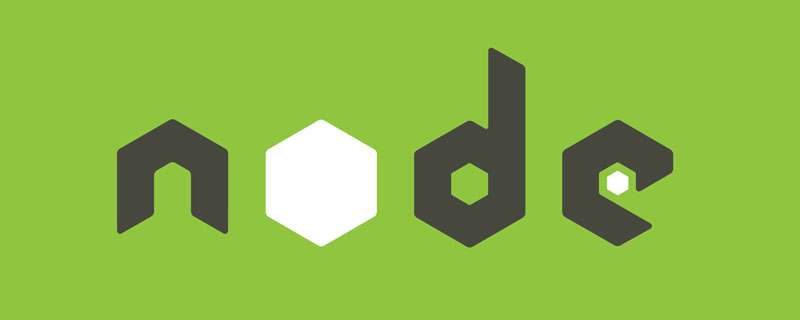 Vercel是什么?怎么部署Node服务?May 07, 2022 pm 09:34 PM
Vercel是什么?怎么部署Node服务?May 07, 2022 pm 09:34 PMVercel是什么?本篇文章带大家了解一下Vercel,并介绍一下在Vercel中部署 Node 服务的方法,希望对大家有所帮助!
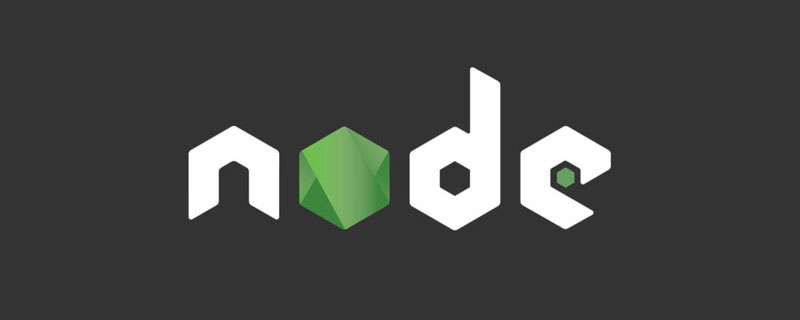 node爬取数据实例:聊聊怎么抓取小说章节May 02, 2022 am 10:00 AM
node爬取数据实例:聊聊怎么抓取小说章节May 02, 2022 am 10:00 AMnode怎么爬取数据?下面本篇文章给大家分享一个node爬虫实例,聊聊利用node抓取小说章节的方法,希望对大家有所帮助!
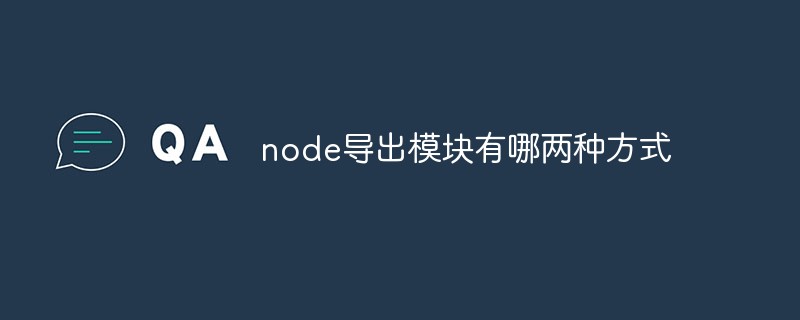 node导出模块有哪两种方式Apr 22, 2022 pm 02:57 PM
node导出模块有哪两种方式Apr 22, 2022 pm 02:57 PMnode导出模块的两种方式:1、利用exports,该方法可以通过添加属性的方式导出,并且可以导出多个成员;2、利用“module.exports”,该方法可以直接通过为“module.exports”赋值的方式导出模块,只能导出单个成员。
 安装node时会自动安装npm吗Apr 27, 2022 pm 03:51 PM
安装node时会自动安装npm吗Apr 27, 2022 pm 03:51 PM安装node时会自动安装npm;npm是nodejs平台默认的包管理工具,新版本的nodejs已经集成了npm,所以npm会随同nodejs一起安装,安装完成后可以利用“npm -v”命令查看是否安装成功。
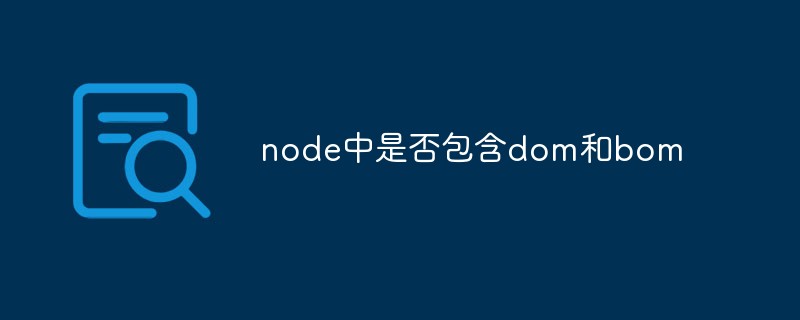 node中是否包含dom和bomJul 06, 2022 am 10:19 AM
node中是否包含dom和bomJul 06, 2022 am 10:19 AMnode中没有包含dom和bom;bom是指浏览器对象模型,bom是指文档对象模型,而node中采用ecmascript进行编码,并且没有浏览器也没有文档,是JavaScript运行在后端的环境平台,因此node中没有包含dom和bom。
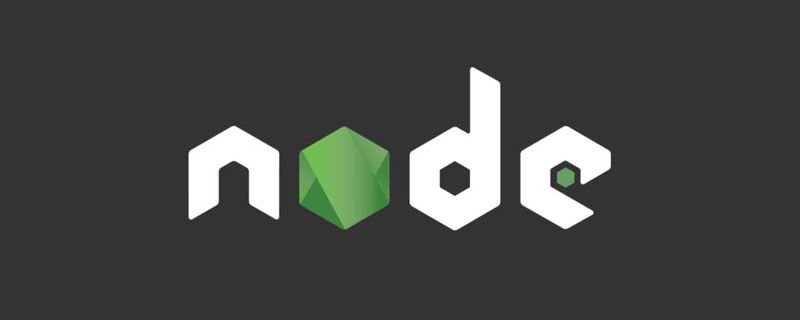 什么是异步资源?浅析Node实现异步资源上下文共享的方法May 31, 2022 pm 12:56 PM
什么是异步资源?浅析Node实现异步资源上下文共享的方法May 31, 2022 pm 12:56 PMNode.js 如何实现异步资源上下文共享?下面本篇文章给大家介绍一下Node实现异步资源上下文共享的方法,聊聊异步资源上下文共享对我们来说有什么用,希望对大家有所帮助!


Hot AI Tools

Undresser.AI Undress
AI-powered app for creating realistic nude photos

AI Clothes Remover
Online AI tool for removing clothes from photos.

Undress AI Tool
Undress images for free

Clothoff.io
AI clothes remover

AI Hentai Generator
Generate AI Hentai for free.

Hot Article

Hot Tools

mPDF
mPDF is a PHP library that can generate PDF files from UTF-8 encoded HTML. The original author, Ian Back, wrote mPDF to output PDF files "on the fly" from his website and handle different languages. It is slower than original scripts like HTML2FPDF and produces larger files when using Unicode fonts, but supports CSS styles etc. and has a lot of enhancements. Supports almost all languages, including RTL (Arabic and Hebrew) and CJK (Chinese, Japanese and Korean). Supports nested block-level elements (such as P, DIV),

Dreamweaver CS6
Visual web development tools

SublimeText3 Mac version
God-level code editing software (SublimeText3)

SublimeText3 Linux new version
SublimeText3 Linux latest version

SublimeText3 English version
Recommended: Win version, supports code prompts!






